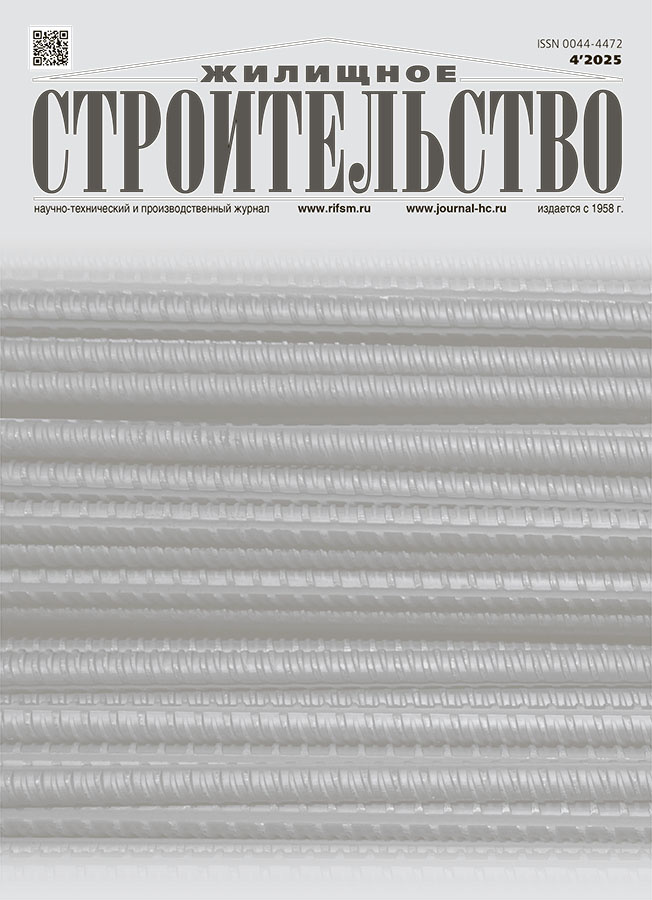Культурная идентичность экоустойчивой архитектуры
- Авторы: Ремизов А.Н.1
-
Учреждения:
- Общероссийская общественная организация «Союз архитекторов России»
- Выпуск: № 4 (2025)
- Страницы: 35-41
- Раздел: СТАТЬИ
- URL: https://ruspoj.com/0044-4472/article/view/686346
- DOI: https://doi.org/10.31659/0044-4472-2025-4-35-41
- ID: 686346
Цитировать
Полный текст
Аннотация
Экоустойчивая архитектура представляет собой не просто экологически ориентированное строительство, а комплексный, холистический подход, объединяющий экологические, социальные, экономические и культурные аспекты. В этом контексте архитектура становится не только средством минимизации воздействия на окружающую среду, но и важным инструментом формирования общественных взаимодействий и культурной идентичности. Она направлена на создание среды, которая учитывает интересы различных социальных групп, поддерживает культурное разнообразие и способствует устойчивому развитию городов и поселений. Социально-культурный аспект играет ключевую роль в устойчивом развитии городов. Публичные пространства, парки, пешеходные зоны и арт-объекты формируют среду для взаимодействия и укрепления социальной сплоченности, способствуя диалогу между жителями и городским пространством. Публичное искусство (паблик-арт) – от стрит-арта до лэнд-арта – играет важную роль в создании уникальной идентичности мест, обеспечивая эмоциональную связь людей с окружающим пространством. Ярким примером служит проект «7000 дубов» Йозефа Бойса, подчеркивающий значимость коллективного участия в формировании городской среды и осознания роли природы в городской жизни. Таким образом, экоустойчивая архитектура – это не только стратегия минимизации ущерба природе, но и механизм построения гармоничного, инклюзивного и культурно насыщенного общества, в котором архитектура становится средством интеграции экологии, искусства и социальных взаимодействий.
Полный текст
Об авторах
А. Н. Ремизов
Общероссийская общественная организация «Союз архитекторов России»
Автор, ответственный за переписку.
Email: re.mi@mail.ru
председатель Совета по экоустойчивой архитектуре Союза архитекторов России, профессор Международной академии архитектуры (Московское отделение)
Россия, 123001, г. Москва, Гранатный пер., 12Список литературы
- Ремизов А.Н. Логика экоустойчивой архитектуры // Онтология проектирования. 2016. № 6. С. 1–2. EDN: XCRJJT. https://doi.org/10.18287/2223-9537-2016-6-4-541-554
- Худайбердиева Н.А., Байрамдурдыев А., Мурадов Б. Современные тенденции в архитектурном проектировании: экологические и устойчивые решения // Вестник науки. 2024. № 12 (81). T. 2. С. 21–23. EDN: JCTRBG
- De Neufville R., lee Y.S., Scholtes S. Flexibility in hospital infrastructure design. Ieee conference on infrastructure system. 2008, pp. 10– 12.
- Leaman A., Bordass B. Designing better buildings. London. 2004. С. 145–156.
- Кузнецова E.С. Инклюзивный дизайн: концепции и подходы // Bестник науки и образования. 2019. № 10 (76). С. 45–50.
- Скалкин A.А. Архитектурная идентичность города: понятие и методология исследования // Aкадемический вестник. 2013. № 2 (23). C. 55–63.
- Кириченко E.И. Концепция художественной интеграции в новейшей архитектуре. Н. Новгород: НГАСУ, 2010. С. 32–34.
- Асриева С.В. Публичное искусство как форма творческой самореализации горожан в общественном пространстве города // Современное педагогическое образование. 2022. № 12. С. 230–232. EDN: RBIWNA
- Петренко А.П. Роль синтеза искусств в создании уникального архитектурного облика города // Вестник Томского государственного университета. Культурология и искусствоведение. 2020. № 37. С. 85–94. EDN: BBCNQE. https://doi.org/10.17223/22220836/37/6
- Морозова Л.И. Роль публичного искусства в формировании культурной памяти // Журнал культурного наследия. 2019. № 3 (2). С. 65–72.
- Кузнецов Е.В. Проект Йозефа Бойса «7000 дубов» как способ излечения от травм исторической памяти // Вестник Санкт-петербургского университета. Искусствоведение. 2015. № 5 (3). С. 56–64.
Дополнительные файлы

















